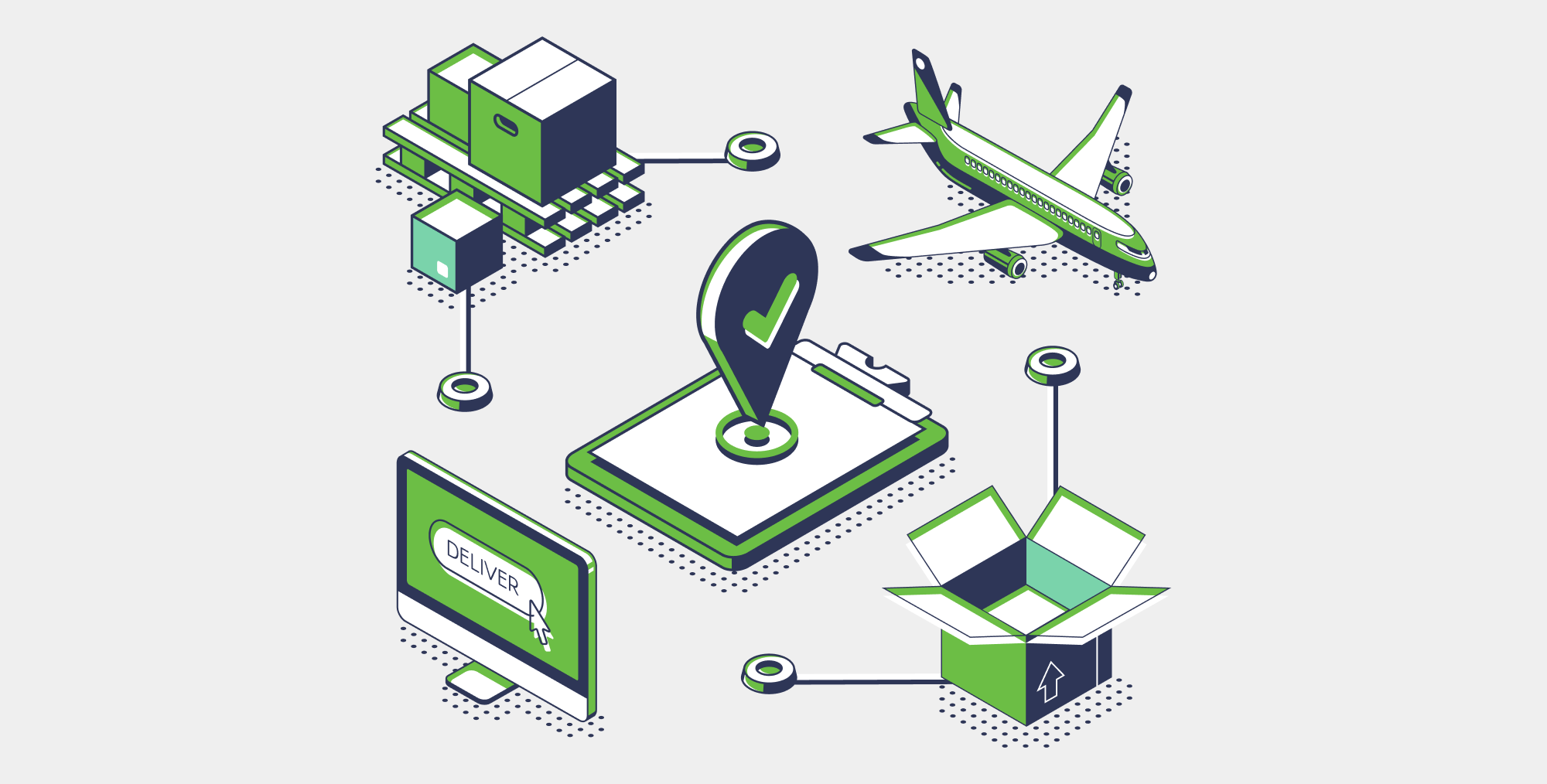Pros and Cons of Dropshipping
Production, warehouse, and inventory costs are some of the most expensive and discouraging elements of the ecommerce process. Dropshipping is a business strategy that lets businesses forego all of these costs and sell products that are stored, managed, and shipped by a third party. While this may seem like an easy way to grow a profitable business, dropshipping has important pitfalls and downsides to be aware of before jumping in.
Pros of Dropshipping
Low Overhead Costs
Overhead costs like production and warehousing are massive expenses— especially for small, growing businesses. As your business grows and you need more space and labor for increasing inventory, it may be hard to keep up with the growing expenses.
In some cases, the demands of growing overhead costs may simply be out of reach. Dropshipping eliminates the stress of overhead costs including production, warehousing, inventory management, and shipping. This makes it easy to scale your business and offer a wider variety of products.
Flexible Location
Dropshipping doesn’t have the physical barriers of a warehouse, your business can follow and grow with you wherever you go.
Product Variety
Dropshipping allows you to more easily experiment with new offerings and provide a wider variety of products. This allows for a better variety of inventory than traditional ecommerce models.
Cons of Dropshipping
Low Profit Margins
Because of the relative ease of starting a dropshipping business, there is substantial competition in the space. Big companies will be able to offer the same products for less. This leaves smaller companies struggling to win customers. If you are a smaller business that can’t offer the lowest prices, think about how you can differentiate and provide value to your customers.
Shipping
The details of shipping options and costs must go through your website, even though you won’t be the one shipping the product. This opens the potential for discrepancies between the cost you offer customers and the true cost of the shipment. Any discrepancy in cost will ultimately fall on the retailer.
Inventory Sources
It is possible and even likely that you will source your products from different suppliers. Tracking inventory changes and coordinating shipping costs for different warehouses can be complex and time-consuming.
Customer Service Challenges
It can be difficult to handle customer service requests when you have little control over the quality and handling of the products. If a customer comes to you with an issue about a missing, incorrect, or damaged order- it can be difficult to track and sort out the issue with the supplier. The responsibility still falls on your business, so make sure you have a transparent and fair returns policy.
Source: Shopify
Dropshipping can be a profitable business strategy that gives you flexibility and convenience as a business owner. While you may not be the one producing and shipping the products— you are still representing your business. You are responsible for any quality concerns or mishaps in the shipping process. Make sure to consider this when creating guidelines for your customer service and return processes.





